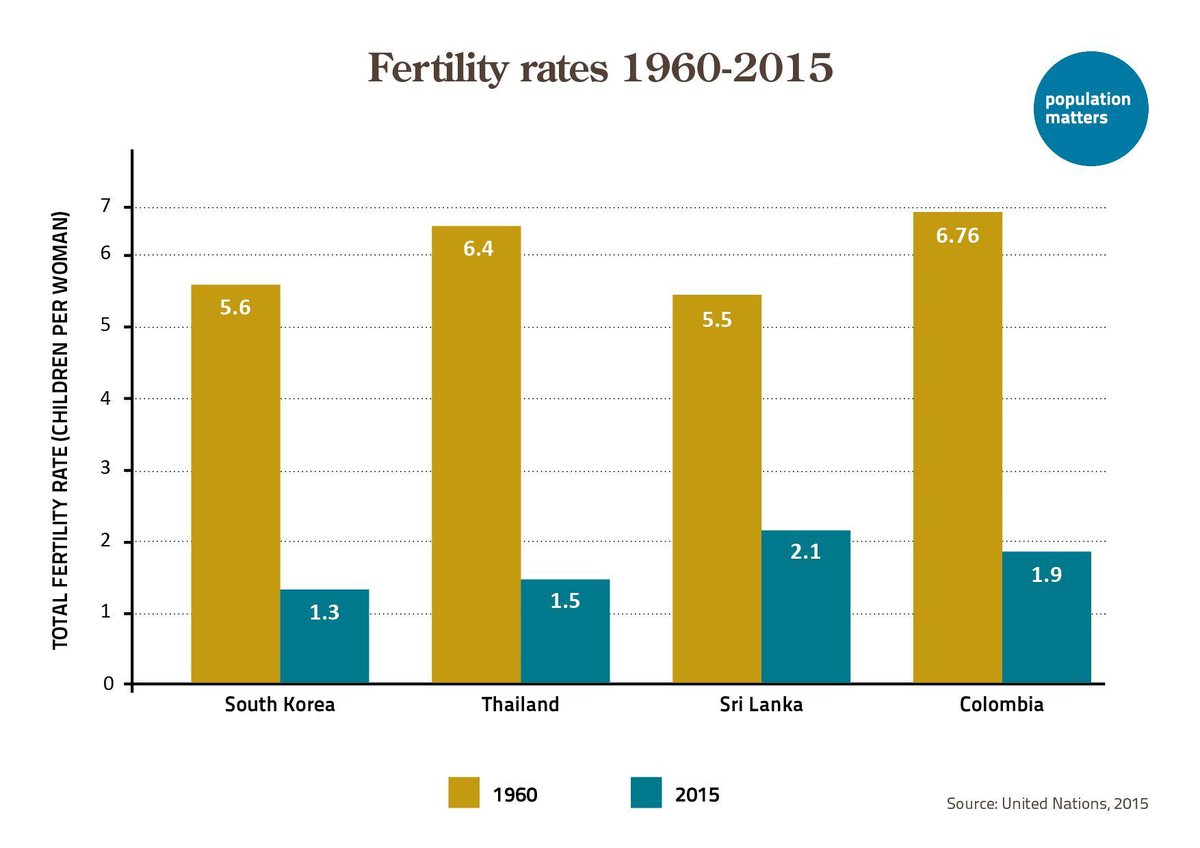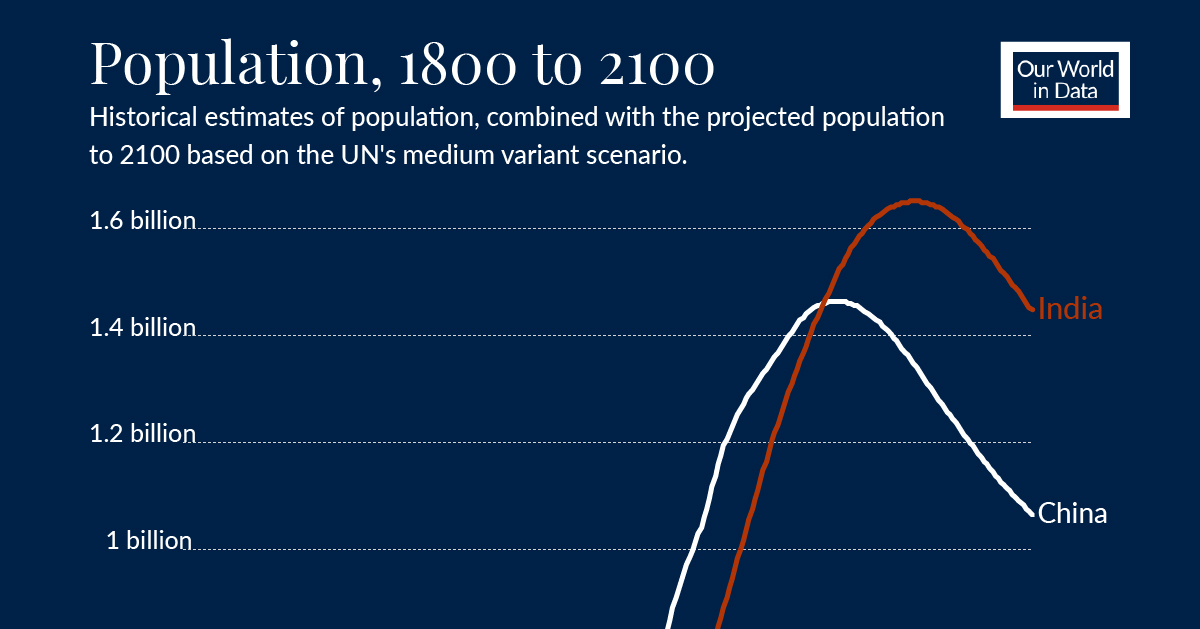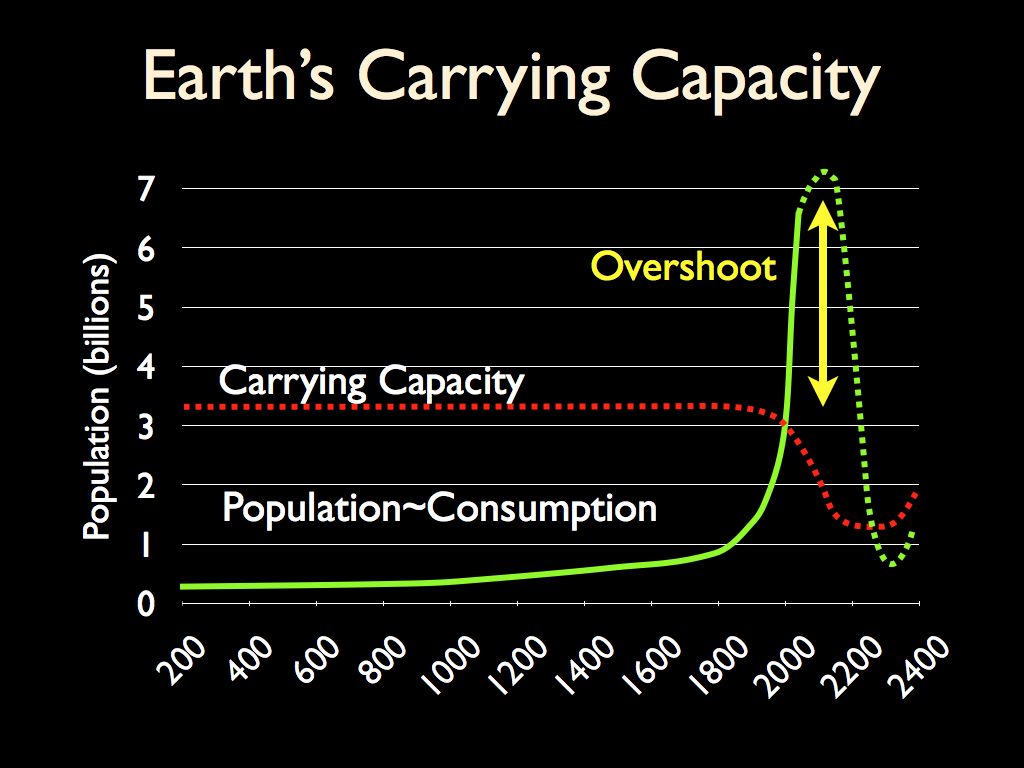Well, it’s an important day for a country that is home to one-sixth of the world’s population and tops the chart for having one of the densest populations.
Living in a country that is so full diversity and contradictions, is a boon in itself but it remains a point for contention for many souls who get worried of what may happen once we surpass China to be the most populous, that too in less than a decade.
Every aware kid must have searched for this country’s name in the World’s top lists and only would have found it in population section while pacifying a heart-break in other sections like of Inventions, Discoveries, poor-rich countries etc.
As the world population has seen a tremendous increase from 1 billion in 1800s to 7.8 billion now, that causes us to introspect and ask a few heart-wrenching questions about our bleak future on this planet.
Is our planet sustainable with such specie boom?
What prospects does this offer for our future generations?
Dr. Harsh Vardhan once explained in a Conference: “More people require more resources, and as the population increases, the earth’s resources deplete. The population boom has been affecting the planet and the human race in many adverse ways”.
“People in developing countries like India, feel the impact of environmental problems more acutely.”
There were times when India had a Total Fertility Rate (TFR) of 6.0 (around 1950s) to a bare 2.2% now (close enough to 2.1% or the replacement rate).
India became one of the first countries in the world to rope-in a National Family Planning Program way back in 1952 that was later expanded to help correct maternal deaths, infant mortalities, anaemia and malnutrition.
And consequently, India is now treading a path of demographic transition with an abundant percentage of youth population, in the age bracket of 15-24 years. If properly utilized, this resource can yield this country its unrealized ambitions.

But it can also lead to chaos or unsustainability as the country falls prey to the climate change severe impacts.
Although the Indian population has been projected to decline from 233 million in 2011 to 227 million in 2036. Anyways, India’s population will register a rise to 1.09 billion by 2100, taking the World’s to be 10.9 billion.
This country witnessed a great Pandemic and things went beyond Government’s control, resulting in Human souls being perished and one can say it happened because of excess population but it happened because we were in deep slumber.
A lot many such pandemics may come if the human race continues to tamper with environment.
Hence, it becomes our imperative to begin looking for sustainability in context of India’s chance to forage its population with necessary securities like food, clean air, water, sanitation; basically, the right to life and right to a future.
India has been a conscious aspirant in World race. It has reflected a strong leadership in combating climate change and adapting to SDGs.
India’s cultural roots grow in the elixir of sustainability.
For instance, the yogic principle of “Aparigraha” teaches the value of being averse to any materialistic possession, keeping only what is necessary at a certain stage of life.
But this has waned since unaccounted increase in birth rates all over the country along with decrease in death rates.
With increase in population, comes the need to provide legitimate opportunities and easiness to live one’s life, with the help of development.

But as economy develops and grows, the socio-economic trends shift causing the environmental needs to suffer at the hands of fulfilling needs of a population.
Population Increase, sustainability challenges and a dilemma:
IPCC in its report found a “new and stronger evidence” that most of the warming that has taken place in past 50 years is attributable to human activities.
Increasing urbanization is a big worry when agricultural productivity is dwindling with increased disturbances in human lives dependent on it, all due to climate change. Building resilience is the need of the hour.
UN has even projected that 50 percent of humanity will be moving to urban areas by the end of this decade, something recorded first. By 2030, this figure is expected to inflate to 60 percent.
It is to note that currently, rural communities make up 70% of the Indian population as per the census 2011 and the rest are clinging on to Indian cities for survival.
Congestion, urban heat islands, more desperate exploitation of resources, poor civic amenities etc. are bound to make the people more vulnerable to rising temperatures due to climate change.
This may in-turn increase the per-capita energy usage as people may resort to more air-conditioning.
Such ‘discrete urbanized worlds’ in less developed countries are in particular, more vulnerable to natural disasters.
To handle such disastrous effects, technology adaptation measures need to be taken and financial constraints in developing countries may cause deleterious effects with increasing population as Government looks forward to stabilize more.
For instance, the Ganges-Brahmaputra river delta is one of the most densely populated areas in the world and is also tremendously vulnerable to perils of climate change.
Frequent Cyclones developing in its garb due to increased temperatures have caused concern and displaced many communities, species and ecosystems.
According to the UN Environment Programme, with every 150-centimeter rise in sea levels, more than 30 million people get displaced in one go.
Taking Bangladesh’s example, a country having a gross national income of only $47 billion in 1999, can barely afford to tackle these problems on its own because of uncontrollable population density.
Bangladesh’s economy is equivalent to that of Peru’s but it shelters five times of its population. Even the highly-gifted food security in the region is witnessing a significant decline.
Most of these countries including India depend on Monsoon showers for its irrigation needs, but with Climate change as a big player weather patterns get disturbed and so do the rain-enhancing oscillations of the world.
The less developed countries (LDCs) are disproportionately being hurt by climate change and this has taken a political discourse across the globe.
Who has seen future: Is the current population sustainable?
The answer, as per the Global Footprint Network data is that current human population is at least thrice the one Earth can sustain or simply humanity needs the equivalent of 1.68 planet Earths to sustain.
The Earth we have at our expense, could sustainably support about 2 to 3 billion people only.
Evidences for the same are all around us: the depletion of groundwater levels (In India, the composite water Index by NITI Aayog provides an insight), top layer of soil gets eroded 10-40 times faster than it is formed, fisheries are suffering a setback, global species loss of 68 percent in less than 50 years alone (Living Planet Index 2020) etc.
And this chaotic situation will not only remain confined to one region, one country, one population. Climate change and simultaneous decline in sustainability is a universal problem.
This ailing planet will be a better place and any adaptation to climate disruption will be easier with a smaller global population.
It’s one’s discretion and right to reproduce willingly but all everyone wants is a viable, sustainable global home.
Overpopulation and overconsumption may cause billions of lives to suffer or lose their existence forever.
Every community is different, with its own set of vulnerabilities and surely, its own capacity to change, to adapt, to thrive.
India and the world have a long, tiring and challenging way to address and acknowledge the environmental problems.
Let’s learn to live together in sustainable communities because sustainable development is a collective responsibility of ours that needs to be cherished.



